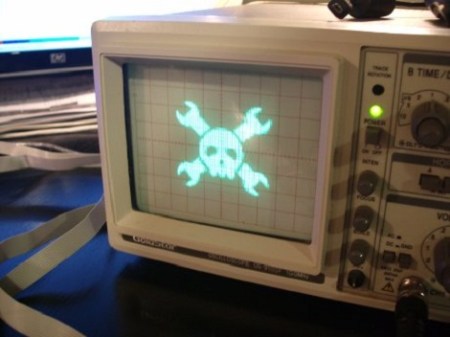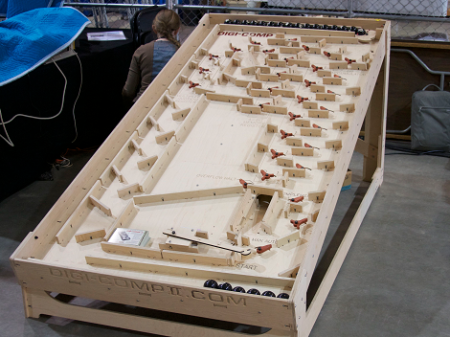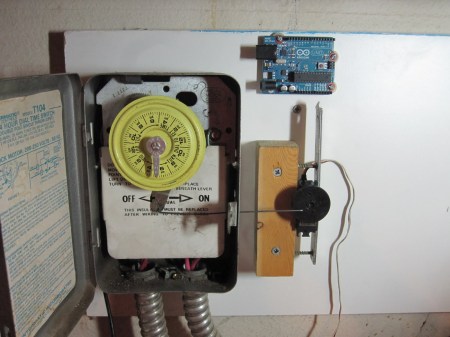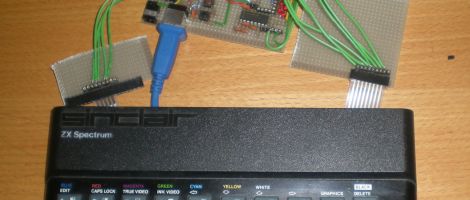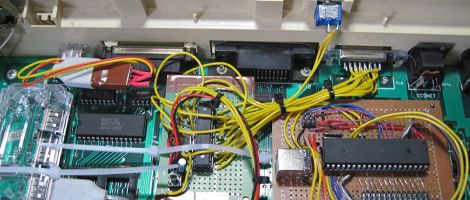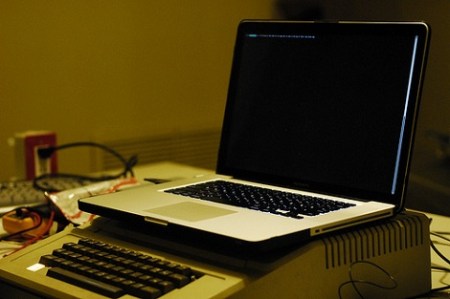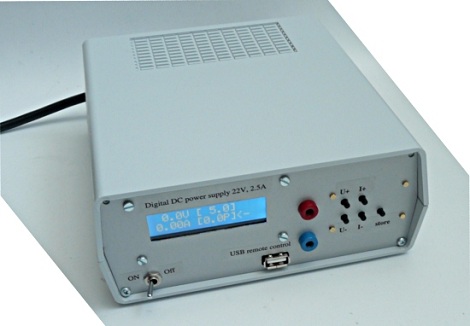It looks like we now have another way to annoy ourselves with extremely high voltage.
The bells operate under the same principles as the electrostatic see-saw we covered last month. A voltage is applied to one can while the other can is grounded. An insulated pendulum is placed between each can, and with a little coaxing can be made to oscillate back and forth between the cans. As the pendulum touches the charged can, it is repelled as it gains the charge and moves to the grounded can. There, the charge is released and the cycle continues again. A homemade Cockcroft Walton multiplier is used to generate the +35kV needed to get the pendulum moving.
[Ben Franklin] invented the Franklin Bells while he was investigating electricity in the 1750s. Originally an extension of the kite & key experiment, the bells were historically used to warn of approaching thunderstorms – when the bells rang, the atmosphere was charged and lightning could strike. Even though the voltage between the bells is huge, very little current is drawn – the Oxford Electric Bells have been ringing since 1840 using the same electrostatic battery.


